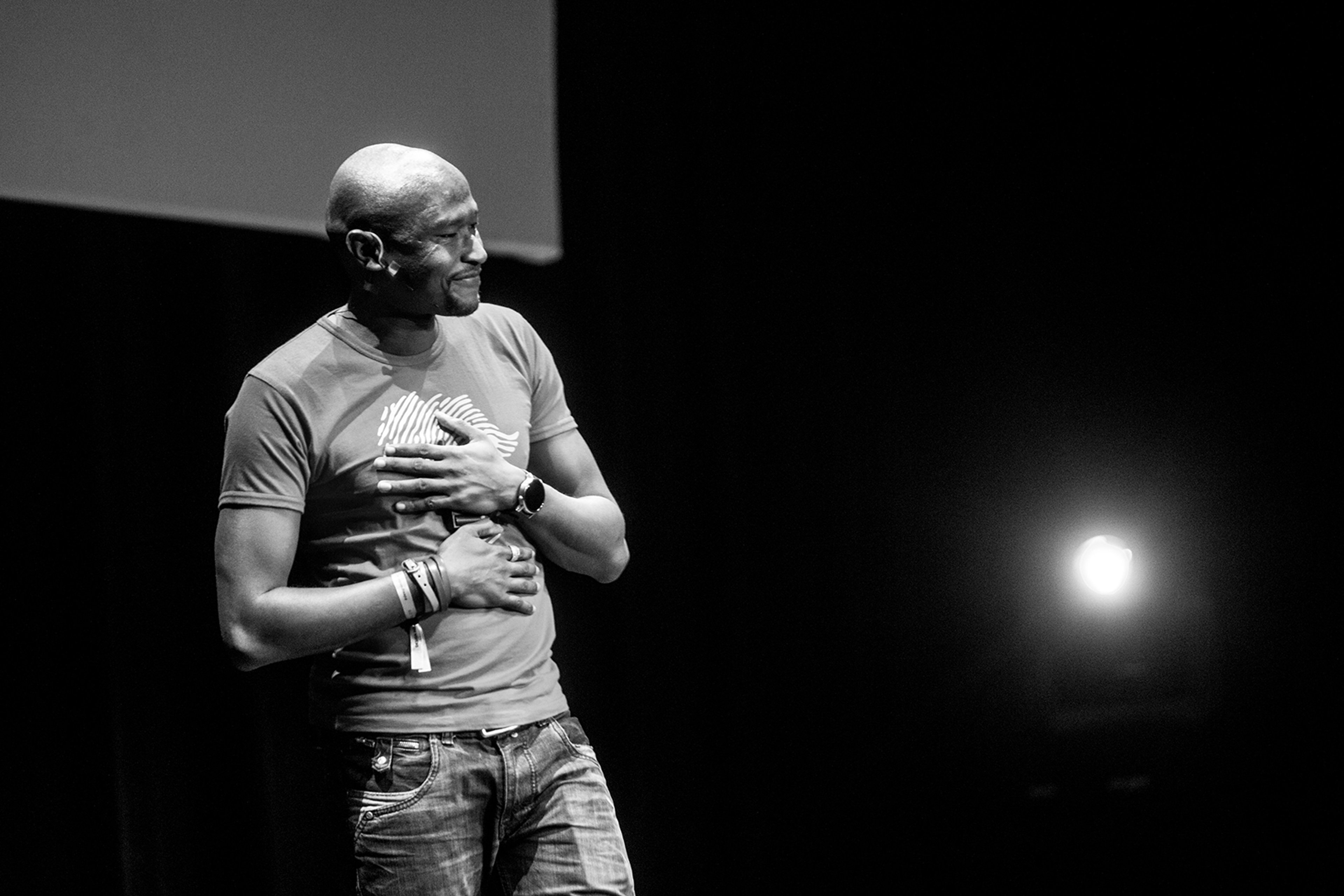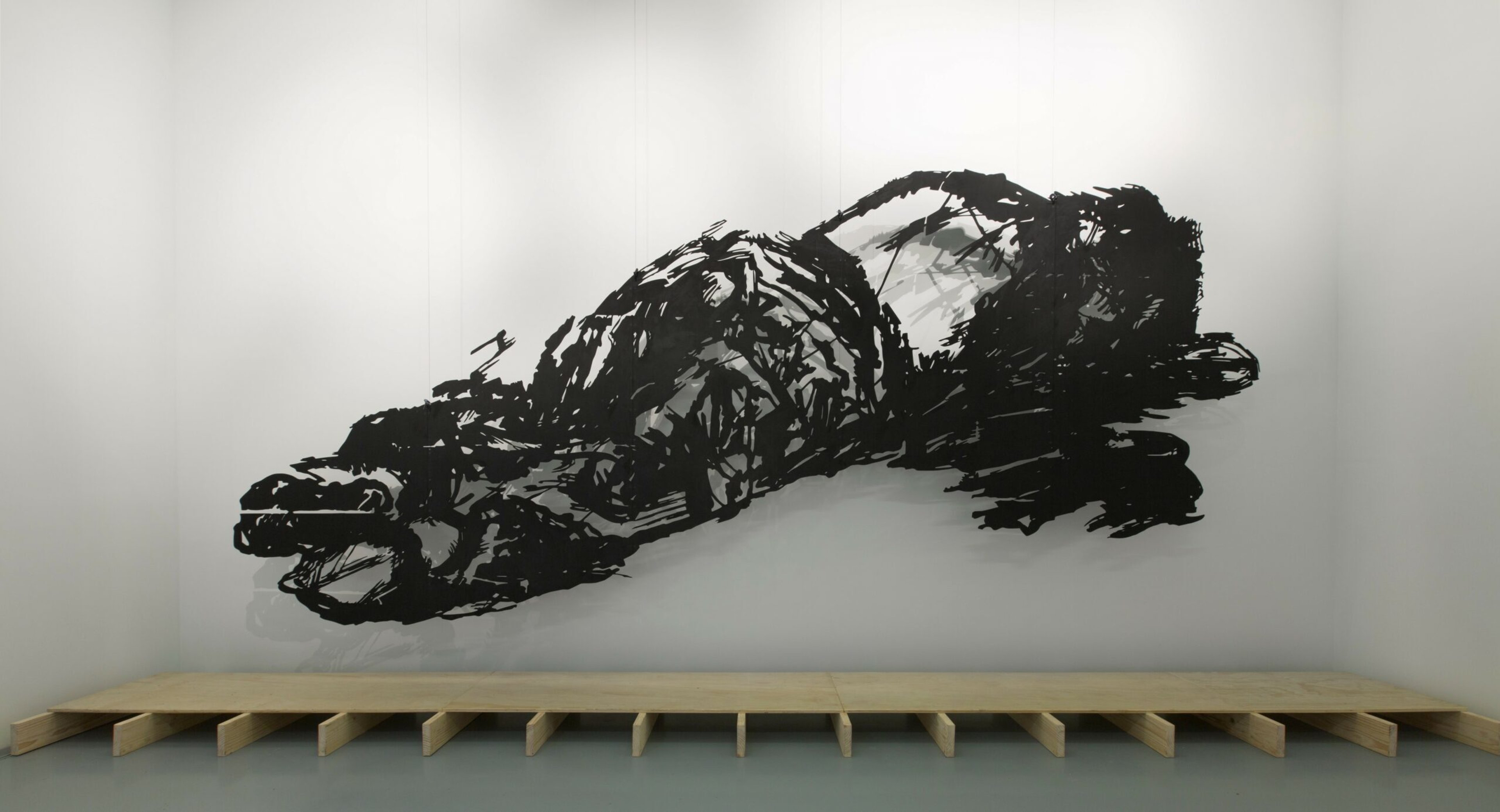In 2018 we had the privilege of hearing Kenyan Mark Kamau speak at Cape Town’s Design Indaba Conference. Mark’s belief in human-centered design as a powerful tool for social and economic change, together with his passion and determination to see his vision come to fruition, made for a palpable and hugely inspiring talk.
How Mark got into the world of technology is a story in its own right. He grew up in Mathare in Nairobi, and as a boy, he saw football as a way to better himself. However, when he realized that the football federation was broke and that his mother couldn’t afford to send him to university, he enrolled to do Nairobits, a free digital design course run by the Dutch organization, Butterfly Works. Mark was in the program for two years, and in that time he learned how to build websites and became interested in urban planning and design. When Mark and a friend won a bid to design a website for the Dutch Embassy, it was a watershed moment and the launchpad for a career that saw him move to the Netherlands and Germany a few years later, where he worked in design in the tech sector. But his yearning to apply what he had learned back home remained, and so a few years later, he returned to Kenya and set up Africa’s first UX lab for start-ups as part of iHub, a non-profit established by Erik Hersman and Juliana Rotich of Ushahidi.
From there he got the idea for BRCK, an innovative technology startup where Mark works as a User Experience Design Director. His focus is a single statistic: that more than 3 billion people globally are currently offline, the majority of whom are women. This informs everything that Mark and his team strive to do at BRCK and has led to the development of a range of products that they believe will change all that, one BRCK at a time.





